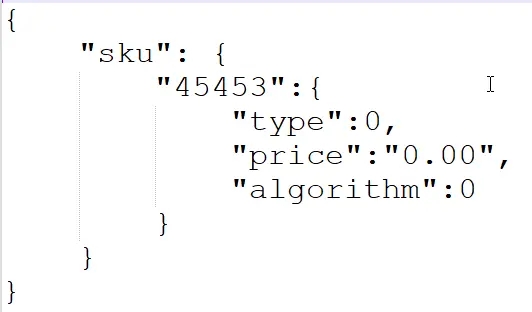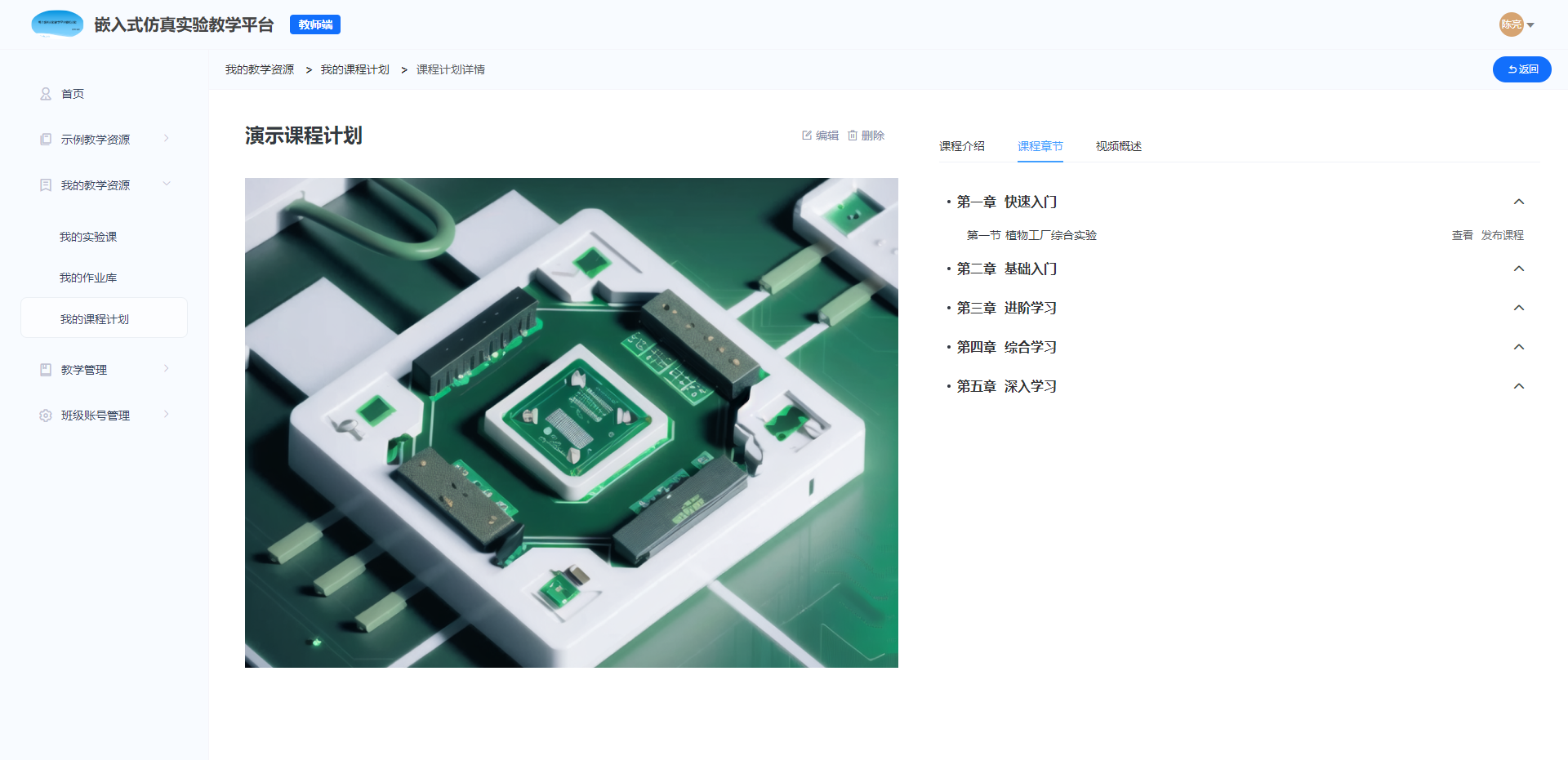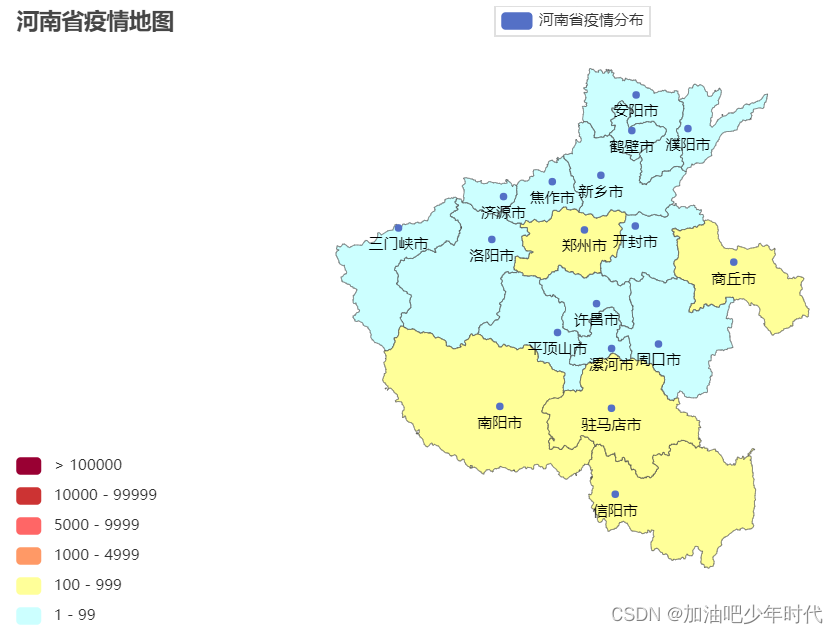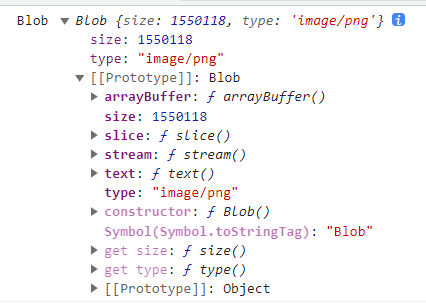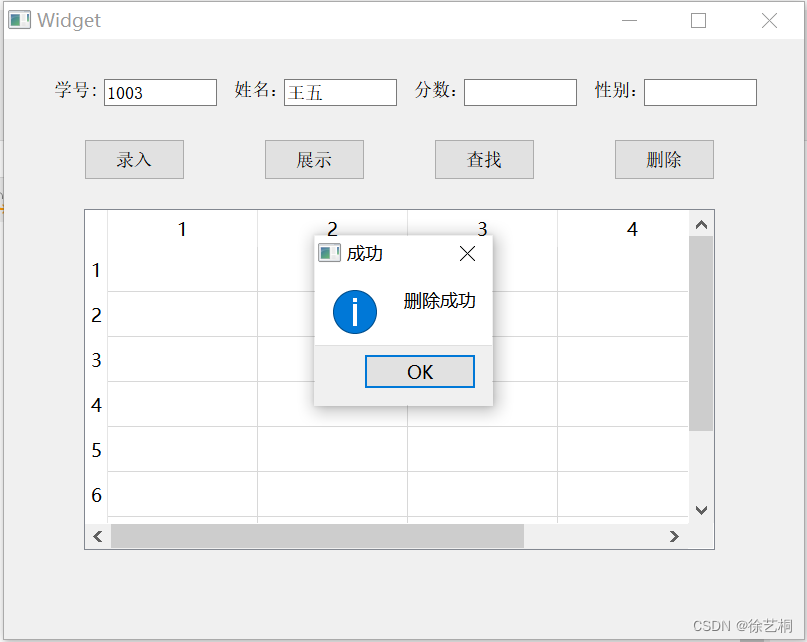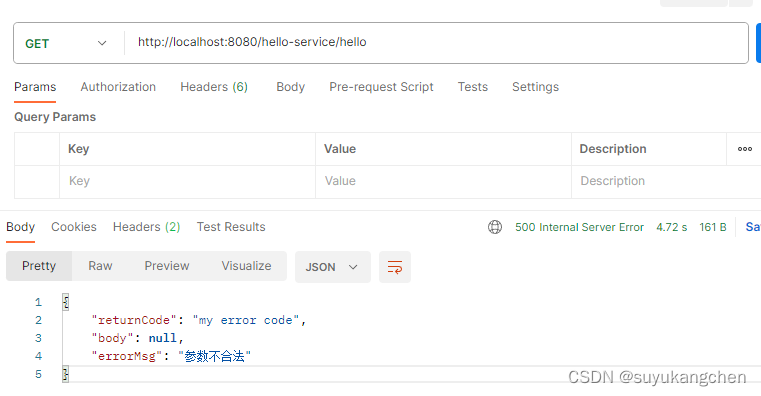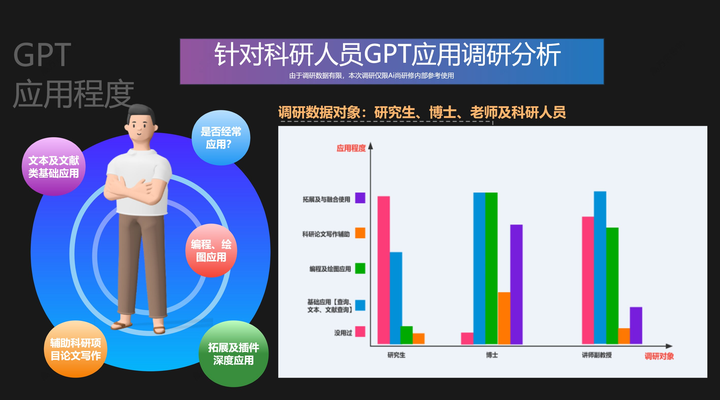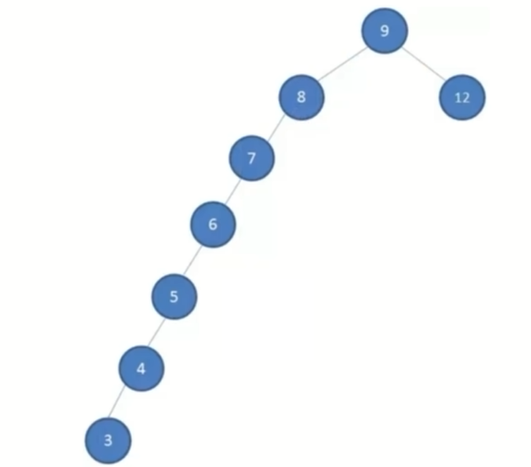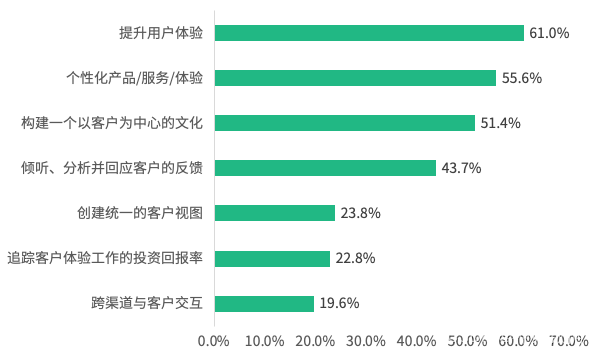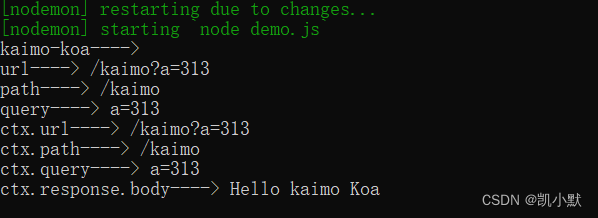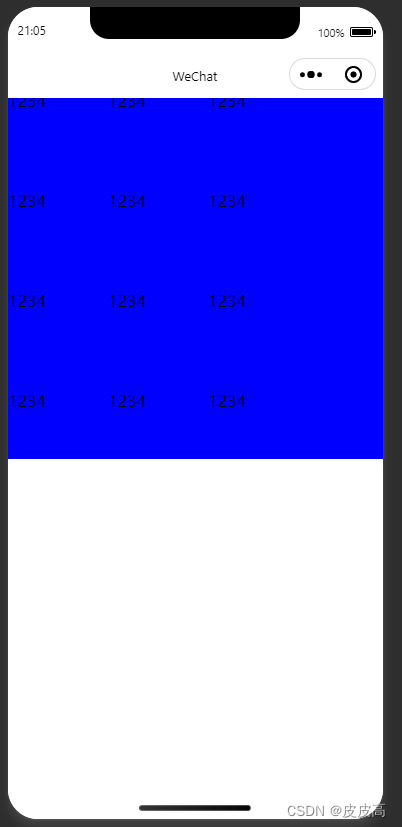How to prepare structures for HADDOCK? – Bonvin Lab![]() https://www.bonvinlab.org/software/bpg/structures/RosettaDock: 蛋白-蛋白复合物对接预测 - 知乎 (zhihu.com)
https://www.bonvinlab.org/software/bpg/structures/RosettaDock: 蛋白-蛋白复合物对接预测 - 知乎 (zhihu.com)
要进行LPR1-SEPP1复合物的结合亲和力预测,您可以按照以下步骤进行:
-
获取蛋白质结构数据:首先,您需要获取LRP1和SEPP1的晶体结构数据。这可以通过X射线晶体学、核磁共振等实验方法来获得。可以在专业数据库(如Protein Data Bank)中搜索相应的结构数据或联系相关研究人员。
-
准备蛋白质结构文件:将获得的LRP1和SEPP1的结构数据以PDB或mmCIF格式保存为文件。确保文件中包含完整的蛋白质链、配体或者其他交互分子的信息。
-
进行分子对接计算:使用分子对接软件,如AutoDock、Vina、HADDOCK等,将LRP1和SEPP1的结构文件输入进去进行分子对接计算。这些软件可以模拟蛋白质与配体之间的互作,并生成可能的复合物构象。
-
导出复合物结构:根据分子对接计算的结果,选择最合适的复合物构象,并将复合物结构导出为PDB或mmCIF格式的文件。
-
使用PRODIGY进行预测:访问PRODIGY网站,将导出的LRP1-SEPP1复合物结构文件上传至相应的预测工具或选项中。按照网站的指导进行操作,提交预测任务。Prodigy Webserver (uu.nl)
 https://wenmr.science.uu.nl/prodigy/
https://wenmr.science.uu.nl/prodigy/ -
解析预测结果:一旦预测任务完成,您将获得LRP1-SEPP1复合物的结合亲和力预测结果。根据PRODIGY的结果,可以评估该复合物的结合强度。
请注意,上述步骤中提到的分子对接软件和PRODIGY都是常用的工具,但在使用时可能需要一定的计算资源和专业知识。如果您不熟悉分子对接和结合亲和力预测的方法,建议寻求专业的科研人员或相关领域的专家的帮助和指导。
对于每个分子,您可以提供以下信息:
- PDB_ID:目标复合物的PDB ID。这是目标复合物在Protein Data Bank(PDB)数据库中的唯一标识符。
- ID_chain(s):与复合物中的每个分子相关的链ID。例如,如果一个分子由链A和链B组成,您可以输入"A,B"作为ID_chain(s)。
在填写表单时,将Interactor 1和Interactor 2的相关信息填入相应的字段。同时,您还可以提供温度(以摄氏度为单位),以便PRODIGY在预测结合亲和力时考虑温度的影响。
========+++++++++++++++++++++++++_---------------------------========================
以下是使用AutoDock、Vina、HADDOCK三种分子对接软件进行蛋白质-配体分子对接的大致步骤:
-
准备蛋白质和配体的结构文件,可以从PDB数据库下载。如果需要,还要对结构进行优化处理,保证分子结构的完整性和准确性。
-
对分子进行预处理:包括添加氢原子,移除水分子,指定原子类型和电荷状态等。这些步骤可以使用自动化工具或专业软件完成,例如AutoDockTools或OpenBabel等。
-
确定搜索空间:在进行分子对接的时候,需要定义一个搜索空间来限制分子的运动范围。搜索空间通常由一个参考点(如活性位点)和空间大小确定。可以使用pdbqt格式的文件来定义搜索空间。
-
运行分子对接计算:使用分子对接软件,将预处理后的蛋白质和配体的结构文件输入进去,同时指定搜索空间和其他参数,并运行程序进行计算。计算结果将生成一系列可能的复合物构象。
-
AutoDock:AutoDock的输入文件主要包括四个方面:蛋白质文件、配体文件、搜索参数文件和终止条件文件。采用Lamarckian 遗传算法,通过评估每个构象的分子对接自由能,来搜索最可能的复合物构象。
-
Vina:Vina的输入文件主要包括蛋白质文件、配体文件和参数文件。它采用梯度下降算法,通过评估每个构象的绑定自由能,来搜索最可能的复合物构象。
-
HADDOCK:HADDOCK的输入文件包括蛋白质PDB文件、配体PDB文件、搜索空间数据文件、分子力场参数文件、能量最小化参数文件、约束文件和其他参数。HADDOCK使用受限分子动力学模拟算法,通过评估每个构象的HADDOCK score,来搜索最可能的复合物构象。
- 分析和选择结果:分析计算结果,挑选出具有稳定性和生物学意义的复合物结构。可以通过各种可视化工具来检查和比较不同构象之间的差异,如PyMol、Chimera等。
这些步骤只是大致指导,具体使用方式还需按照软件的具体操作手册进行操作。同时,不同的软件有着各自特殊的参数设置和运行方式,需要了解其原理和方法才能更好地使用。
-=========-----------====------------===================--------------============
PRODIGY (PROtein binDIng enerGY prediction) is a web application to predict the binding affinity of protein-protein complexes based on intermolecular contacts.
Input
The protein-protein complex
PRODIGY server takes as input the three-dimensional structure of the protein-protein complex in PDB or mmCIF format:
You can choose one of the following options:
| - | upload the 3D structure coordinates in PDB or mmCIF format |
| - | provide a protein databank ID code for automatic retrieval from the Protein Data Bank |
| - | Upload a multi-model PDB ensemble or .zip file with multiple structures to analyzing multiple structures at the same time (i.e. models derived from docking simulations) |
Specify the chains
The user is required to specify the chain identifiers for the molecules involved in the interaction.
Interacting molecules associated with multiple chain IDs should be provided as comma-separated list.
For the FAB/HIV-1 capsid protein p24 complex (PDB code 1E6J) the input would be expected in following format:
| Interactor 1: P |
| Interactor 2: L,H |
In this example, the binding affinity will be predicted for the interface made between chain P (p24) and chains L and H (FAB).
Please note! PRODIGY only supports the 20 standard amino acids
Archive file
When submitting an archive file to PRODIGY, make sure that the chain IDs of ALL structures are compatible with the Interactors specified in the submission form.
Parameters (optional)
Temperature (in ℃)
By default the value of the dissociation constant (Kd) is calculated at 25 ℃. The user can change this value to any desired temperature.
Job ID
The user can specify a personalized Job ID to identify the run.
If an email is provided, a link with the results will be sent when the job is done. The results will be stored for 2 weeks.
Output
PRODIGY outputs are displayed online and remain downloadable for 14 days. A link to the online resource is also emailed to the user, if an email is provided.
The results returned by the server include:
| 1. | Predicted value of the binding affinity (ΔG) expressed in kcal mol-1 |
| 2. | Calculated value of the dissociation constant (Kd) at a given temperature (25 ℃ by default), expressed in Molar (M) |
| 3. | Number of intermolecular contacts (ICs) at the interface within the threshold distance of 5.5 Å, separately listed according to the contact property |
| 4. | Percentage of the charged and apolar non-interacting surface (NIS%) of the complex |
| 5. | Downloadable table (.txt) listing the residues in contact within the given threshold |
| 6. | Downloadable ready-to-run Pymol (Delano Scientific, 2002) script (.pml) with different color coding for the interacting residues |
| 7. | Archive file including all the output files |
How to run PRODIGY locally
In case you have many structures on which you wish to run PRODIGY, we distribute the standalone version in form of a Github repository.
The link to the repository can be found at the BonvinLab software page.
